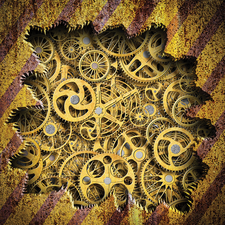Integrate hardware components with pluggable systems
Plugged In

© Lead Image © dmitr1, 123RF.com
Ecosystems with pluggable Raspberry Pi modules, sensors, and displays are a great choice if you don't want to – or can't – solder but still want to extend your hardware.
If you use your Raspberry Pi to control sensors or displays, you will frequently have to deal with wiring problems or resort to using a soldering iron. Plug-and-play systems such as Adafruit STEMMA-QT [1], Seeed Grove [2], SparkFun Qwiic [3], and DFRobot Gravity [4] provide connection systems for electronic components. A system recently introduced by Tinkerforge [5] can also be plugged together, but it plays in a different league, because it comes with an additional microcontroller for management tasks on each module.
The systems I will discuss in this article offer special cable connections on the devices (Figure 1). Common to all systems are reverse-polarity-proof connectors and symmetrical cables. In other words, the cable has connectors that look identical on both sides, but they are not the same internally and only fit one way. Cables also are color coded, but this is not significant from a technical point of view.
Advantages and Disadvantages
Even though you have four manufacturers with four different pluggable systems, you do not have to make a decision and be tied to one ecosystem. However, caveat emptor still applies; I will look at the details a little later.
[...]
Buy this article as PDF
(incl. VAT)
